5 Popular Halloween Symbols
And Where They Came From
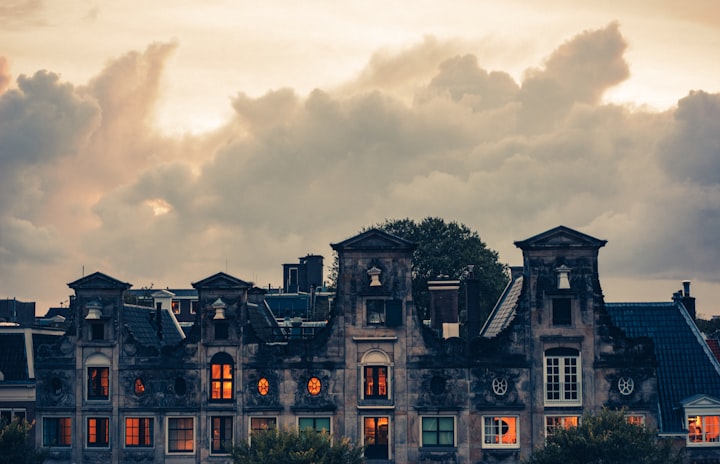
Halloween is a holiday with a distinct aesthetic. We all think of witches, pumpkins, ghosts, ghouls, bats, and spiders at the mention of the word. But why? How did our associations with Halloween become, well, associated with Halloween? Keep reading to learn a little more about this fantastically spooky holiday and what makes it so unique.
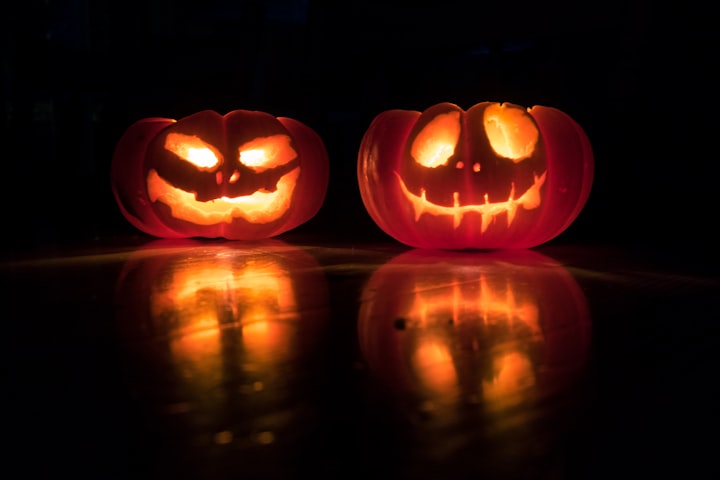
JACK-O'-LANTERNS
It doesn't get much more iconic than the jack-o'-lantern at Halloween. Who was Jack? Why did he have a lantern? And why do we carve pumpkins today in remembrance?
Many trace the jack-o'-lantern to the folk tale Stingy Jack. Once upon a time in Ireland, there was a notorious drunkard called Stingy Jack. Jack was a liar who manipulated his neighbors and was generally liked by none. When Satan learned of Jack's deeds, he decided to see for himself just how bad this guy Jack was. When Jack came upon Satan one night, he knew it was curtains for him. But he requested of Satan that he be allowed one last drink of ale before they go. Satan obliged, and the pair went to a nearby pub. Many drinks later, after Jack had quenched his thirst, he convinced Satan to pay the bar tab by changing himself into a silver coin. Once Satan had done so, Jack put the Satan-coin into his pocket, which also held a crucifix. The presence of the holy symbol kept Satan prisoner. Jack only let him go when Satan agreed to give Jack ten more years on Earth. When those ten years was up, Jack again tricked Satan by convincing him to climb an apple tree to retrieve the fruit as a last meal for Jack, then Jack surrounded the tree with crucifixes, trapping Satan up the tree. This time, Jack demanded that Satan never come for his soul again. When Jack eventually died, his soul was denied entry into Heaven due to his sinful ways, and Satan held true to his promise, so Jack's soul was equally denied entry into Hell. As a warning to others, Satan gave Jack a hollowed out turnip with a candle inside to light his way as he forever wanders the Earth, stuck between the land of the good and the land of the evil.
But the term jack-o'-lantern was also used across the British Isles to describe a phenomenon that we today may know better as will-o'-the-wisps or ghost lights, mysterious lights that appear over bogs or other marshy areas. A wisp is a bundle of sticks sometimes used as a torch. The Will of will-o'-the-wisps suffers a similar fate to Stingy Jack, doomed to roam forever after being denied entry into Heaven by St. Peter. The devil gave Will a single coal, which Will then used to lure people into the bog to drown them.
Carving gourds is a tradition that spans the globe. If you've ever carved a pumpkin, you know how easy it generally is. Grotesque faces were the carving of choice to ward off evil spirits at a time of year that Gaelic people believed the veil between the living and the dead was thinnest.
Irish immigrants brought the jack-o'-lantern tradition to North America. The term was first seen in writing in the United States to apply to carved pumpkins in 1834. The Daily News of Kingston, Ontario (Canada) reported on November 1st, 1866: "There was a great sacrifice of pumpkins from which to make transparent heads and face, lighted up by the unfailing two inches of tallow candle."
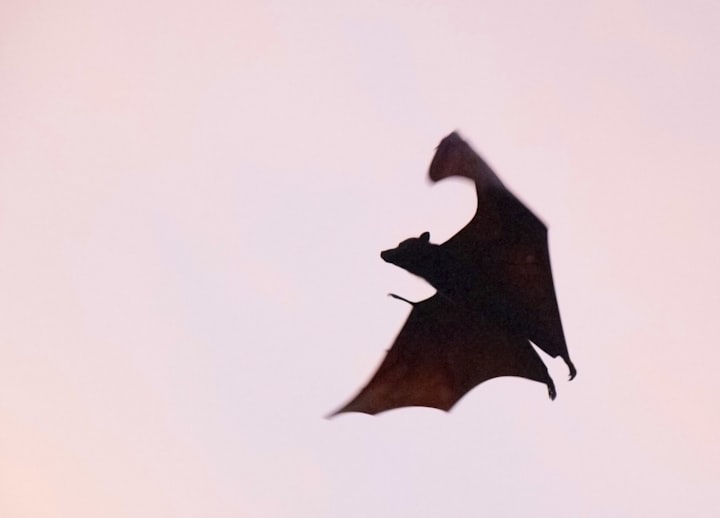
BATS
Bats are nocturnal creatures commonly associated with vampires, though only 3 species of bats actually drink blood. Bram Stoker popularized, but by no means invented, vampires who could turn into bats with his 1897 gothic horror novel Dracula. Vampires, being undead creatures of evil, have also long been associated with Halloween.
It has also been suggested by some that bats became associated with the Celtic festival Samhain, which was celebrated on November 1st. Celtic holidays began at sundown of what we today consider the previous day. Hence All Hallows' Evening (Halloween) is on October 31st, and All Hallows' Day is November 1st.
The Celts built large bonfires for Samhain that ended up attracting insects, as lights at night continue to do to this day. Insects make up the primary diet of many bat species, so the congregation of insects at these bonfires attracted bats. Thus some people think that this association of bats at Samhain continues with our Halloween.
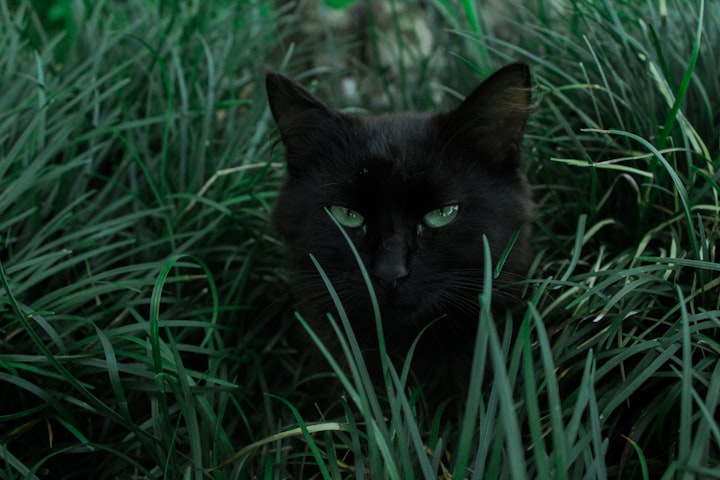
BLACK CATS
Similar to how bats are connected to vampires, black cats are often associated with witches. Unlike real witches, mythological witches are associated with evil. It was thought by peoples past that witches gathered at night around bonfires to work their spells and that Halloween was an especially potent night for them. (Some modern witches also have this tradition, but not for nefarious purposes as was once believed.)
Black, perhaps due to its connection to nighttime, which many people feared, was considered an unlucky and evil color. Thus black cats were also considered unlucky (this is particularly true in the United States of America) and to be the special pets of witches, also known as familiars. Satan and witches both were thought to take the form of black cats.
It was sometimes believed that deceased witches could reincarnate as black cats, and Halloween is a holiday that traditionally celebrates the return of spirits and honors the dead.

SPIDERS
Spiders are another animal associated with witches. Witches were thought to use spiders as familiars as well as ingredients for spells. Many cultures around the world consider spiders to be mystical, for good or ill, due to their incredible weaving abilities.
In Roman mythology, the first spider was the reincarnation of Arachne, a weaver so skilled that she outdid the goddess Athena. Arachne hanged herself in shame, but Athena transformed her and brought her back to life with the use of herbs from Hecate, a goddess frequently associated with witchcraft.
Arachnophobia, the fear of spiders, is a common condition, and anything that causes fear usually ends up paired with Halloween.
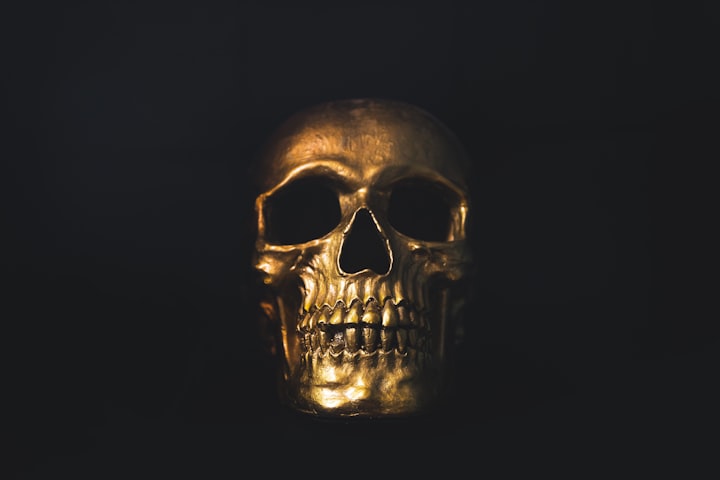
SKELETONS AND GHOSTS
These two are put together because they are symbols of Halloween for the same reason: they are both representations of the dead.
Samhain, which Halloween is largely based on, was believed to be a time of year when the spirits of the dead, or ghosts, could cross into the land of the living. Allhallowtide, which was observed by the medieval English church from October 31 to November 2, was a time to remember the dead, including saints and martyrs.
Skeletons are generally a more somber symbol of the deceased than a figure with a sheet over its head. But that sheet is supposed to be the dead person's shroud, an item that has fallen out of use in much of Western European and descendant cultures. For all we know, a skeleton is hiding under that sheet.

Happy Halloween, everyone! And for those departed souls, happy haunting.
About the Creator
Crysta Coburn
Crysta K. Coburn has been writing award-winning stories her whole life. She is a journalist, fiction writer, blogger, poet, editor, podcast co-host, and one-time rock lyrics writer.






Comments
There are no comments for this story
Be the first to respond and start the conversation.